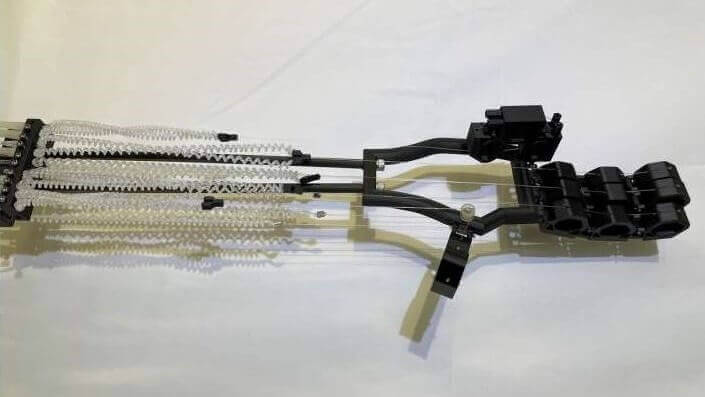New Nex-Gen robotic Muscle Technology outperforms natural counterpart
Cavatappi artificial muscles work more like human muscles are built from polymer tubes that have the potential of twisting and coiling. These have the advantage over the actuators as actuators lack flexibility. They are very powerful and lightweight, outperforming human skeletal muscles. These twisted polymer actuators (TPAs) can contract up to 45%. Engineers believe that this technology can be used in “soft robotics”. This technology is open for licensing and collaboration. TPAs have a high degree of contractile efficiency. These are made from polyethylene-based polymers that twist and coil in response to an electric current, which can lift 300 times its own weight per unit volume. This technology is very fast, within 23 milliseconds the artificial muscle can expand or contract by as much as 1%. The change in length is up to 45% of the original polymer tube length. In actuation tests, they twisted 36 degrees around a 0.13mm diameter cable—which equates to being able to lift a 90kg man using only 3cm3 of artificial muscle. The TPA muscles move at speeds equal to that of human skeletal muscles and are stronger than mammalian skeletal muscles. These muscles are easy to integrate into soft, cooperative robots. These artificial muscles can be used in delicate manufacturing processes where they will not get damaged and can carry out tasks very carefully. The TPAs have the ability to lift a heavy load with more power than actuators or other muscle-like devices. Read More.
